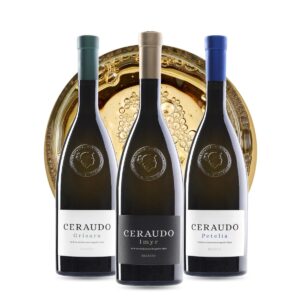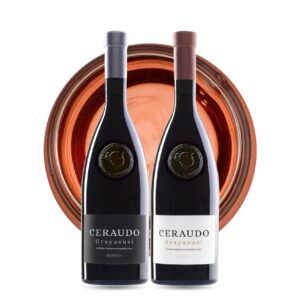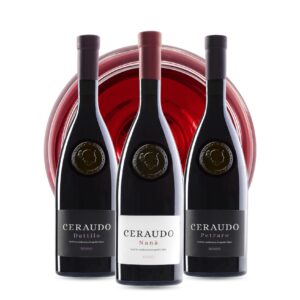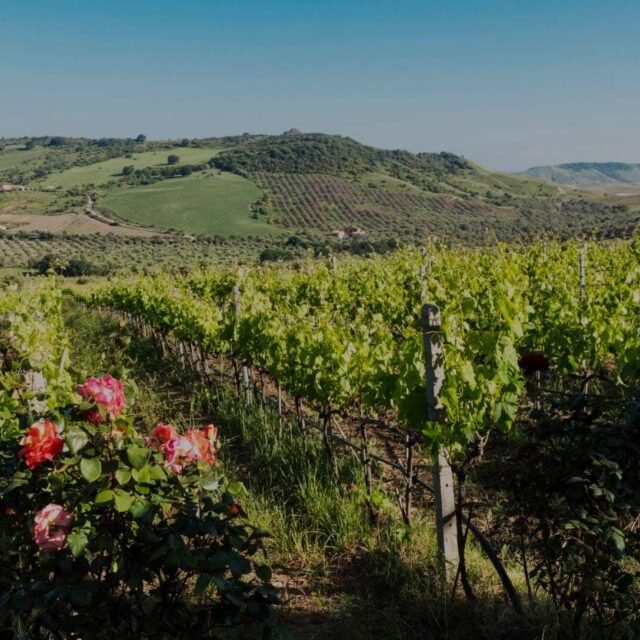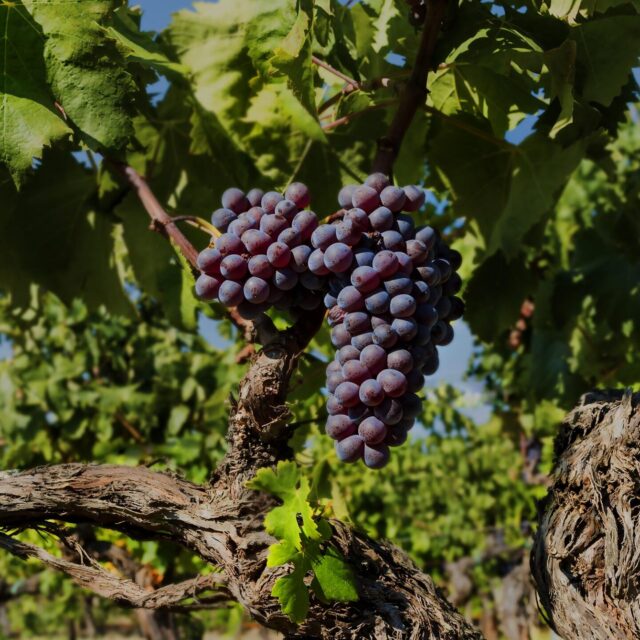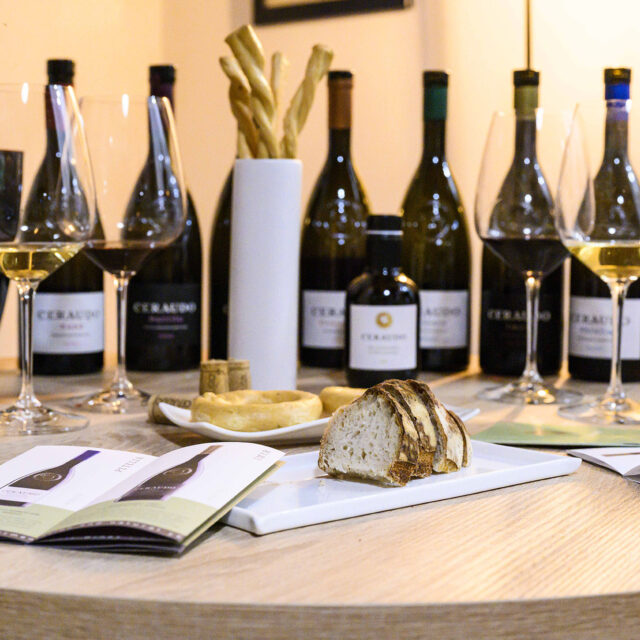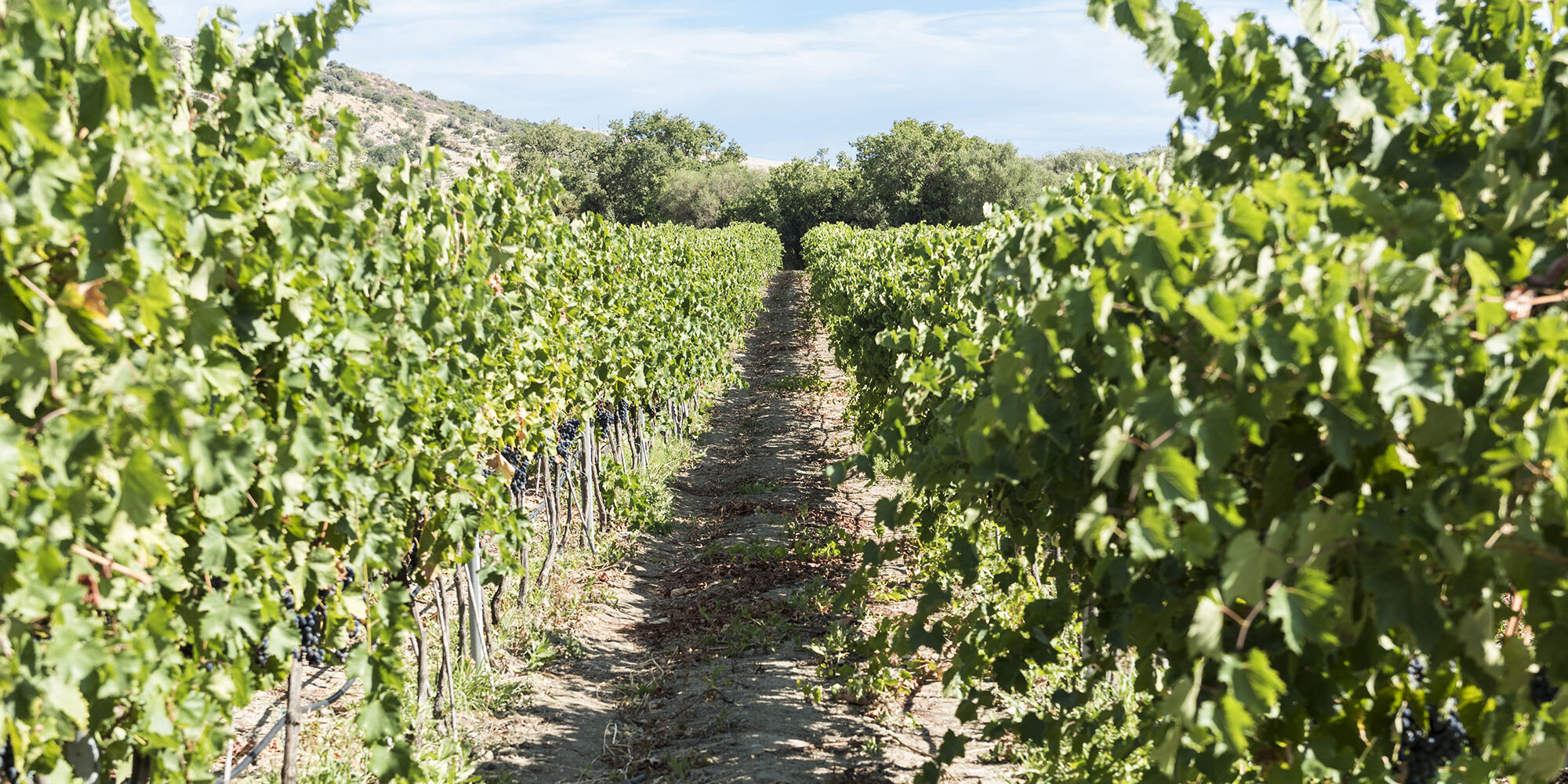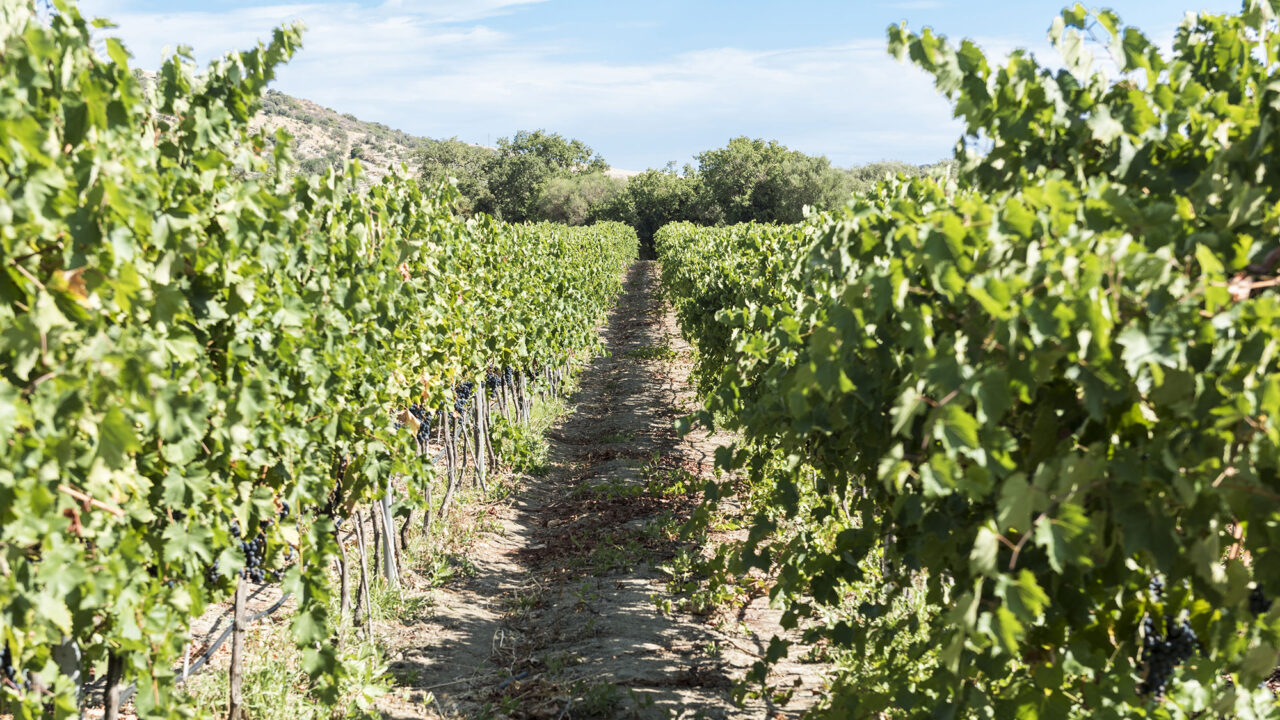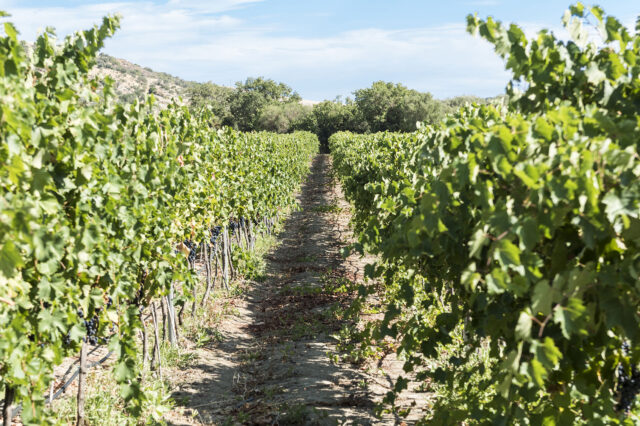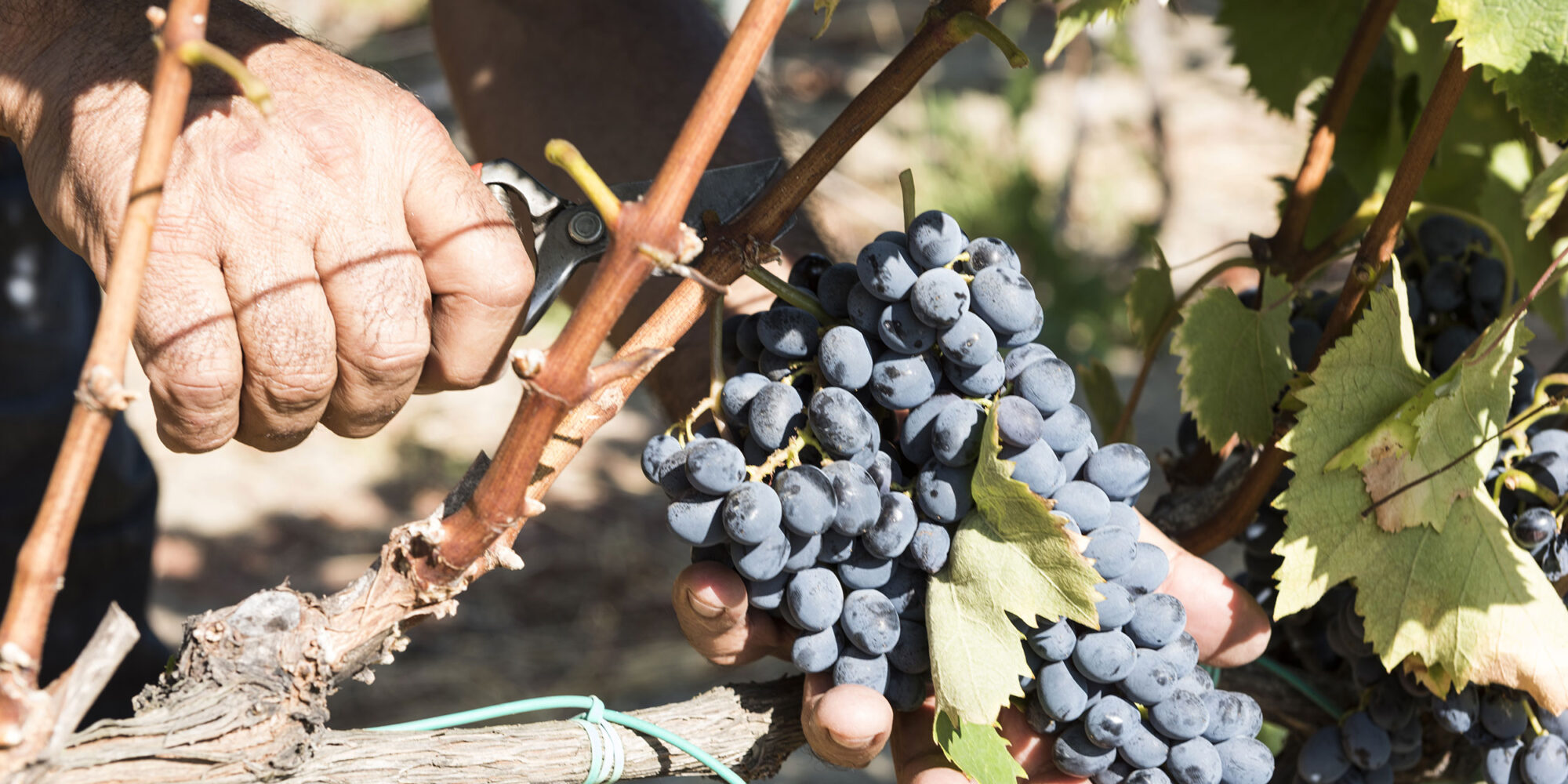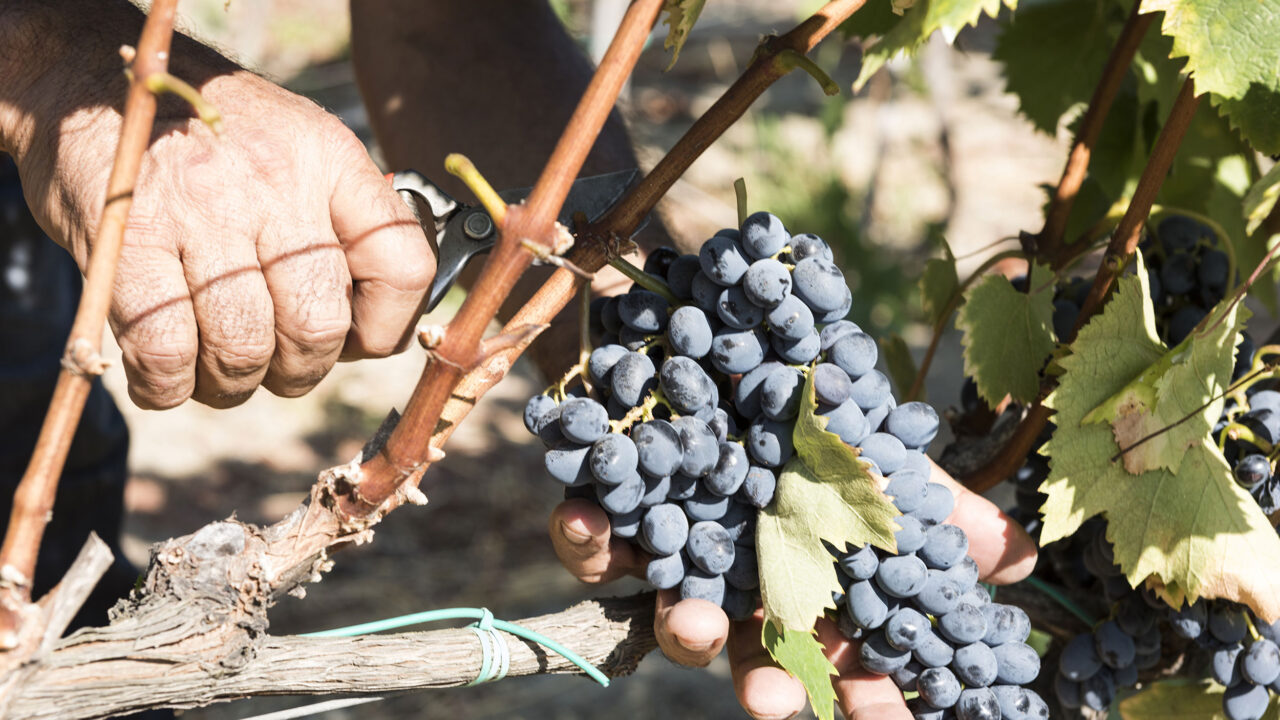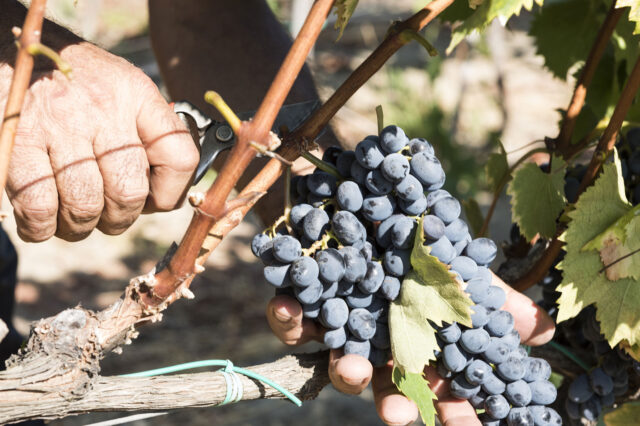the Region
There are 25 hectares of vineyards, 37 of olive groves and 3 dedicated to citrus fruit
Contrada Dattilo, extends over 65 hectares. It is located in Calabria in the territory of Strongoli Marina, ancient Petelia, close to Crotone di Pitagora.
From a historical point of view the area in which Contrada Dattilo is located is really special. We are in the heart of a region that in ancient times was known as Enotria, from the Greek “oinotron”, meaning “vineyard pole”. According to Greek historians, Italian winegrowing started in this very area, with the arrival of the courageous war lords who left Athens with wine branches for plantation.
From a naturalistic point of view, the land that houses Contrada Dattilo is perfect for the cultivation of quality vine. We are less than two kilometers from the Ionian Sea, at 60 meters above sea level. The sea is so close that you can smell its perfume transported by the morning breeze. In the summer evenings, the gentle swish of the current echoes on the gentle hills that descend towards the blue. The sea brings temperature variations between the day and evening that promote the perfect aromatic maturation of the grapes. Every grape and every olive mature under the powerful rays of a hot summer sun.






